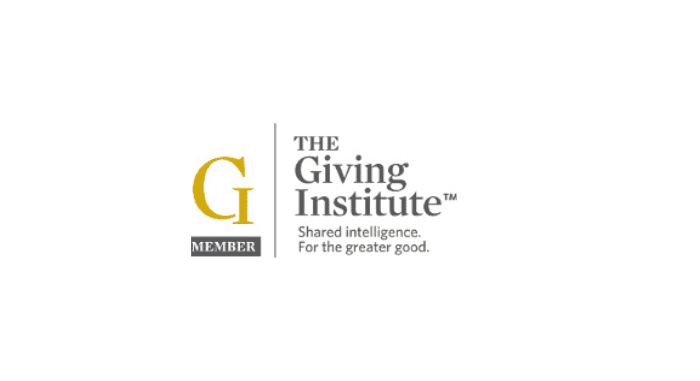By: Katie MacKenzie, Project Coordinator
Why is good data management important? Because it can tell you a wealth of information about both the past and the present! Instead of being reactive in knowledge about your donors, you can be proactive. You can determine those who might be good prospects for moving up to a major gifts level, those who need a personal visit, and those who may need to be brought back ‘into the fold’ of your organization.
At our firm we will often conduct a Database Assessment for our clients, which enables us to take a close look at their database and evaluate, on a scale of 1-10, their data management system, determine how it is used by analyzing records and research processes, and look at various data-inputting processes including prospect tracking, gift-recording procedures and prospect-research activities.
You would find it alarming how many times these Assessments find either little to no best practices for data organization and management within an organization, or just all around poor data records. Even those with relatively clean data always have one or two processes where they could use improvement.
I recently read an article entitled “Data and the Science of Raising Money” in the September 2016 issue of the Chronicle of Philanthropy. The author, Nicole Wallace, interviewed Steve MacLaughlin, a Blackbaud Executive who recently wrote Data Driven Nonprofits that focuses on how to apply the power of data to fundraising for nonprofits.
In the article, he explains that while corporations such as Google, Facebook and Walmart already use data to improve their search results, ad placements, revenues, sales or just to store general information in order to know the patterns and behavior of their customers, that nonprofits can use data in much the same way, harnessing its potential to increase their fundraising effectiveness.
According to MacLaughlin, good data can tell you: “Which donors are my best donors? Which donors are most likely to stop giving to my organization? Which donors should I choose to invest more in? Which donors are likely to be my best donors in the long-term?” All of this information is extremely valuable and helpful to those of us who are fundraisers.
One idea I found particularly interesting – because I see it most often in the organizations with which I work – is that nonprofits typically use their data to drive while “looking in the rearview mirror.” However, looking to the past cannot always show you what is happening right now and can’t show you what will happen in the future. Past giving obviously is an important indicator of a donor’s interest and can tell us many things that are crucial to our work as fundraisers; but MacLaughlin argues that more attention should be given to good data that can help us to drive forward in the now.
The author of the article summed up a few key points from her interview with MacLaughlin to improving data use in fundraising:
1) You Need to Clean House!
I cannot tell you how often we come across clients who have old records, incorrect records, incomplete records, bad records, you name it. The importance of VALID information cannot be stressed enough. The author states that in a recent Target Analytics study, they determined that the average nonprofit can’t reach 26% of its database entries by mail – meaning they have bad or no information – and does not have email addresses for 74% of its supporters. Seventy-four percent!! In an increasingly digital world, I find this number staggeringly high. Cleaning up your database with correct information is a crucial first step. Without clean data, you are doomed to failure for increasing fundraising effectiveness; and you will never be able to use the power of your data to positively inform your fundraising efforts. You’ve heard the saying: “You are only as strong as your weakest link.” Well, in this case, I say: “You are only as good as your bad data!”
2) Start by Measuring only a Few Things with Data
Oftentimes fundraisers feel metric-fatigue. However, MacLaughlin suggests starting out with a few measurements to gauge the success of your data-driven fundraising approach.
- First-year donor retention;
- Multi-year donor retention; and
- Total amount of money raised.
From there, you can start to incorporate more metrics as you begin to see success in your data-driven approach.
3) Eliminate Rogue Data
In my experience, next to bad or incomplete data rogue data is probably the second most popular offender of a clean database. I cannot tell you how often I have seen situations where multiple staff people input data differently into their database systems; or, possibly the worst, keep their data records on separate spreadsheets apart from the database altogether! (THE HORROR!) MacLaughlin encourages staff to store data in a central location and make it accessible for everyone so that the same information is available to all.
If rogue data or incorrect data inputting is something with which your organization struggles, it may not be a bad idea to bring in a database consultant or conduct a 1-2 day training to make sure that all employees who are responsible for inputting data into the system are all doing it the same way.
4) Look for Quick Wins
MacLaughlin suggests that using data to solve a manageable problem is a great first step to showing people the value of being data-driven in your approach to fundraising. In this information age, data is so important, and people need to value its potential!
I encourage you to read the full article and interview by Nicole Wallace to learn a little more about using data effectively in fundraising for our nonprofits. All in all, remember that data and database management are important tools and a huge key to success in fundraising. So get your data-house in order!



